A complete guide to Gwalia, WA

The settlement of Gwalia grew in the late 1890s after the discovery of gold in the area.
Underground mining began in 1897 at the Sons of Gwalia mine, which became one of Australia’s biggest goldmines before it shut down in 1963 and much of the local population departed.
The mine’s first manager, a young American mining engineer named Herbert Hoover, went on to become the 31st president of the United States, from 1929 to 1933.
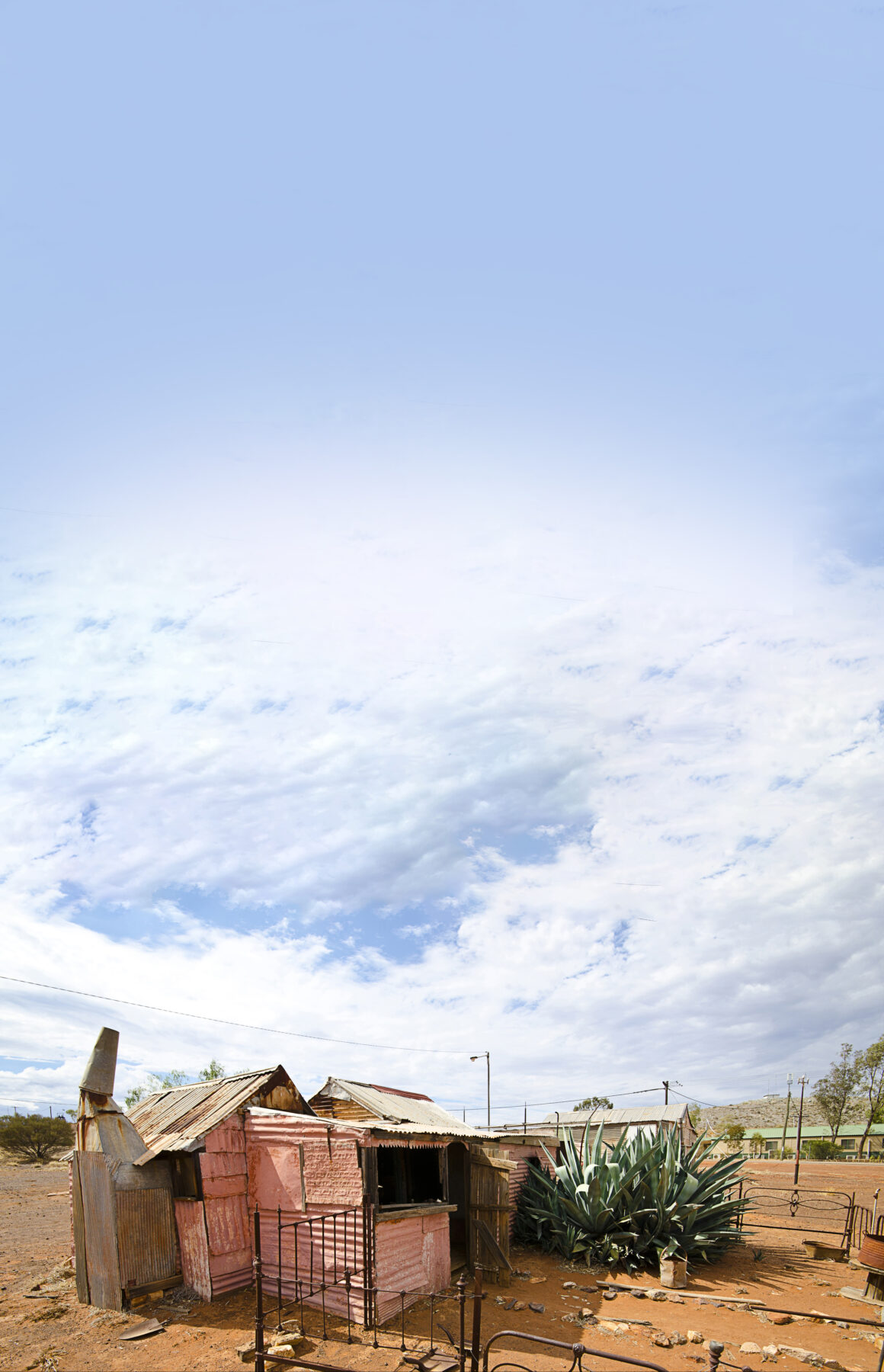
Location
Gwalia is 3.5km south of Leonora, 235km north of Kalgoorlie, and 829km north-east of Perth.
Origin of Name
Gwalia is an archaic name for Wales. The town was named by the three prospectors who first found gold here in 1896. The mine was called the Sons of Gwalia to honour their Welsh heritage.
Vistor Information
Gwalia Museum, 1227 Tower Street.
Useful Websites
gwalia.org.au
Gwalia Ghost Town & Museum
Image: The miner’s cottage at Little Pink Camp, Gwalia. (Credit: Auscape/Universal Images Group via Getty Images)
These days the town of Gwalia has become one of the Western Australian Goldfields’ leading tourist attractions, with a recently completed $3.3 million heritage upgrade that included conservation of the town’s historic precinct, museum and Hoover House, reconstruction of the mine’s historic timber headframe and preservation of 22 traditional miners’ cottages.
Thanks to new technology, the original Gwalia goldmine is back operating again, owned and operated by Australian-based company St Barbara since the mid-1980s.
Places of Interest
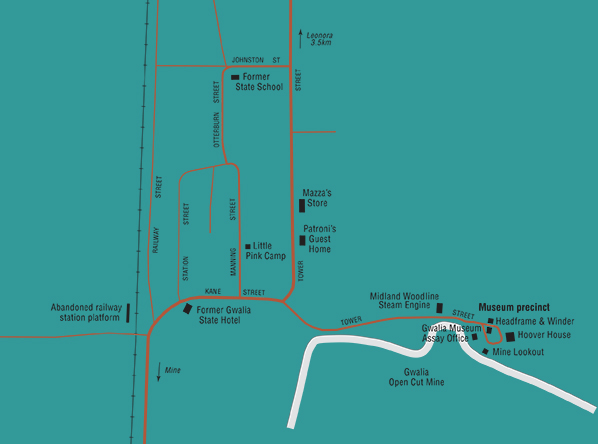
1.Little Pink Camp
This example of the urgent and temporary nature of housing in mining towns was made from any material available.
With newspapers on the walls, a simple plank floor and three small rooms, it was moved to its current Manning Street site in 1988.
2.Hoover House
Formerly the Mine Manager’s House, this 1898 three-bedroom dwelling is thought to have been built for Herbert Hoover during his stay. There’s evidence that he arranged for the building’s construction but had been transferred to China by the time it was completed. It’s now a bed and breakfast business.
3.State Hotel
A gracious hotel built by the WA government in 1903 for £6000, this building on the corner of Kane and Station streets
has pressed-metal ceilings and some particularly beautiful internal joinery on the staircase and around the bars. In 1919 it was the site of the state’s first beer strike, when 50 resident miners vowed not to return to the hotel until their conditions were met. It closed in 1964 after the mine’s initial closure.
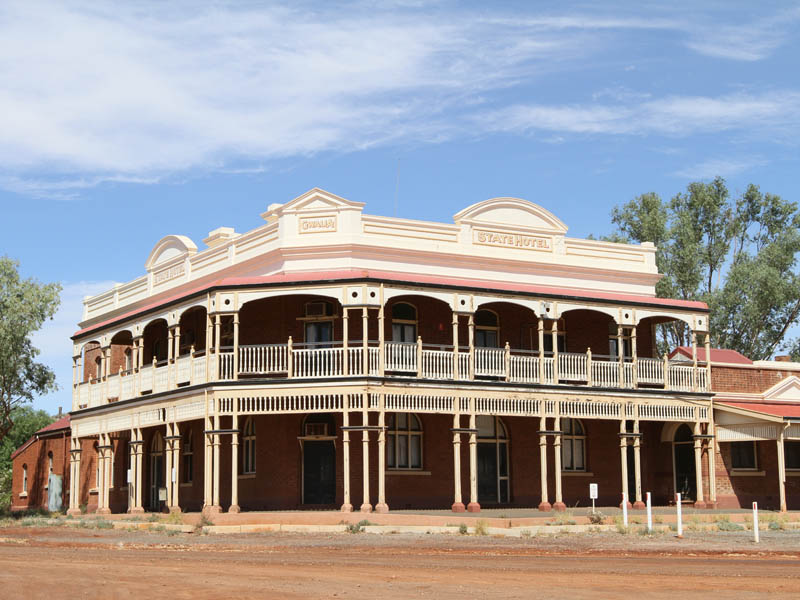
4.Mazza’s Store
This large corrugated-iron building on Tower Street was, for most of the town’s life, the all-purpose general store.
5.Midland Woodline Steam Engine
Initially nicknamed ‘Ken’ (from the first letters of Sons of Gwalia early directors Kluge, Edquist and Newman), this was used to transport wood to fire the steam engines at the mines.
6.Patroni’s Guest Home
Built from corrugated iron, Patroni’s in Tower Street was a popular eating and living quarters for miners, particularly those who had emigrated from Italy and Yugoslavia.

7.Museum precinct
The precinct includes the old Mining Office, mining relics and other buildings, and has extensive displays relating to the town’s history.
8.Mine Lookout
Everyone who pays to enter Gwalia Museum can walk across to an impressive lookout, which offers a panoramic view over the current mining operation.
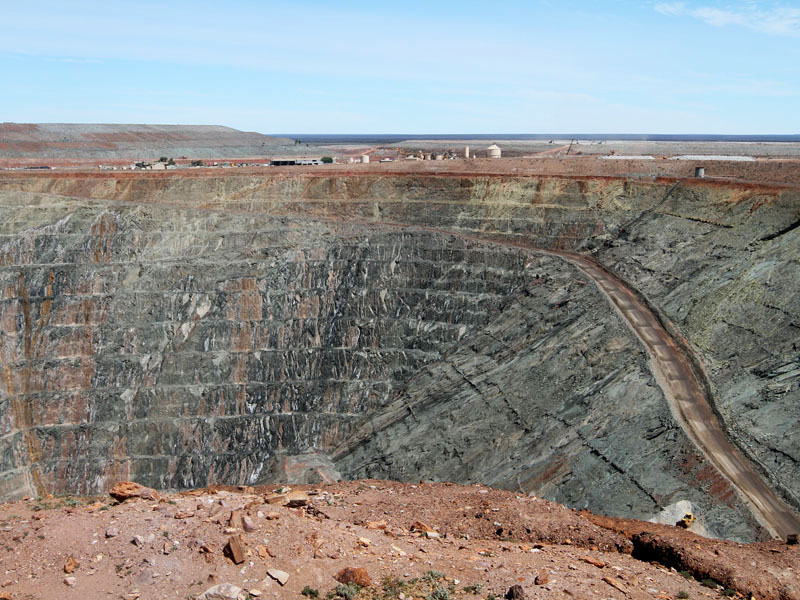
9.Headframe & Winder
These impressive structures were built for the original Sons of Gwalia mine and moved to their present location in 1987. The headframe is said to be “the only surviving large timber incline headframe in Australia and one of the very few timber headframes of any size from the 19th century still in existence worldwide”.
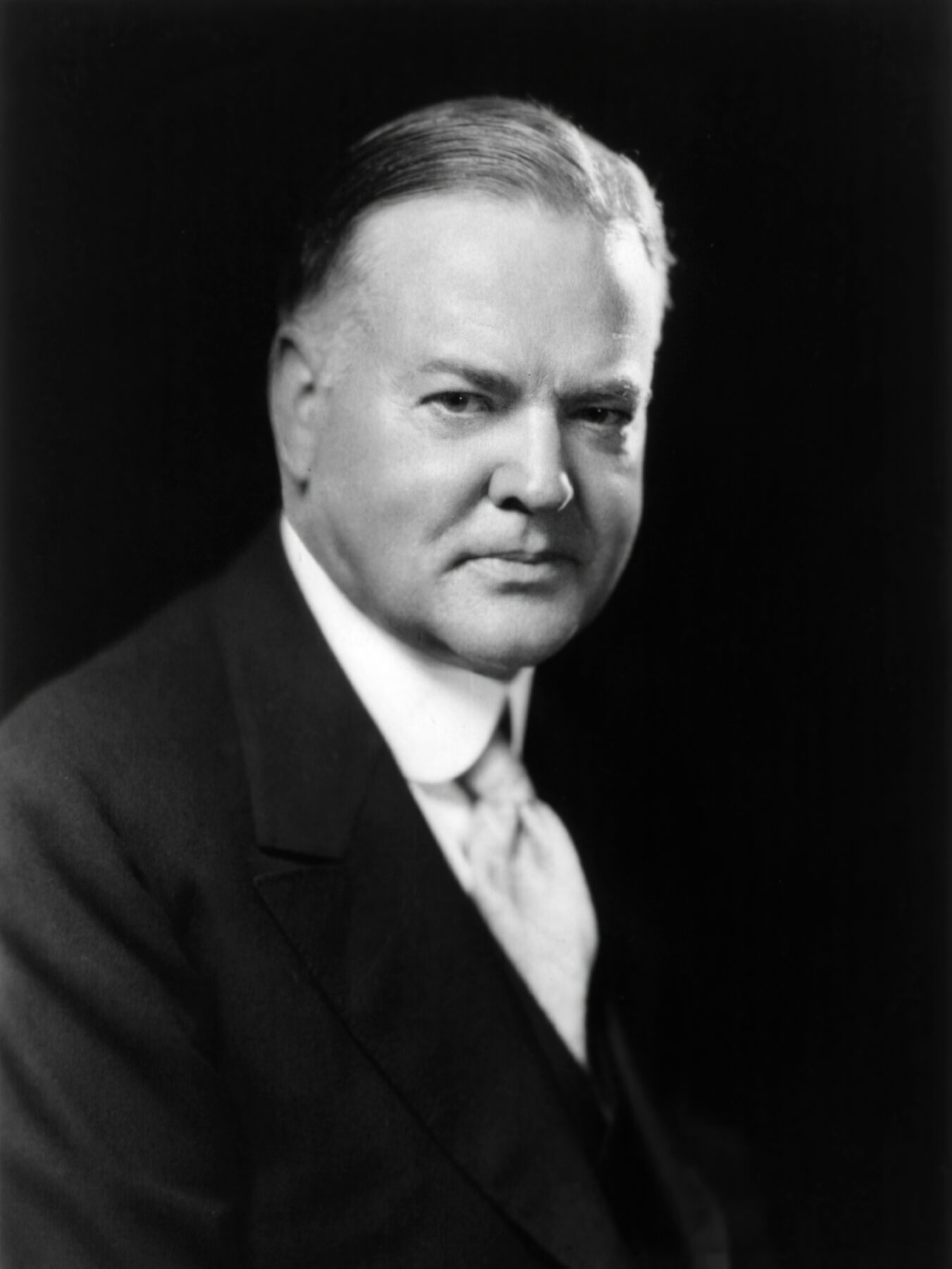
History
The area was originally home to the Wangkatha people.
John Forrest passed through in April 1869, searching for lost explorer Ludwig Leichhardt.
Alluvial gold found in 1895 in a gully about 37km north-west of the present site of Leonora.
Sons of Gwalia reef discovered in May 1896 by Jack Carlson, Frank White and A. Glendinning.
In 1897 the mine was sold to G.W. Hall for £5000. That year a 10-stamp battery for crushing rocks to mine gold was built. By June the mine was employing 110 men.
On 1 May 1898 Herbert Hoover (pictured left) was appointed Sons of Gwalia general manager.
By 1900 500 men were working at the mine and gold production passed 90,000 ounces.
In 1901 residential house blocks were surveyed in the town.
In 1929 Herbert Hoover becomes the 31st President of the USA.
The town virtually died overnight on 27 December 1963 when the mine closed down.
In 1983 Sons of Gwalia NL, a new generation of the mine, began open-pit mining.
By 2005 Sons of Gwalia NL was in receivership.
In 2017 the current owner, St Barbara, approved extension of the historic Gwalia goldmine to increase production.
Image credit: Wikimedia Commons





